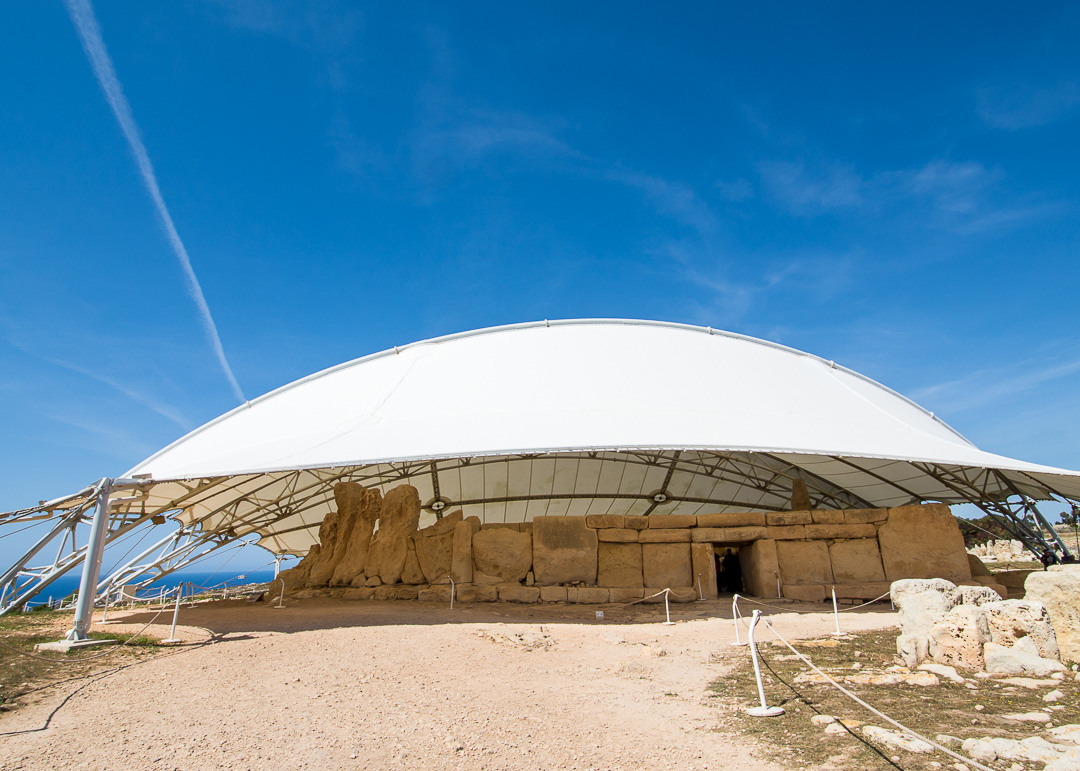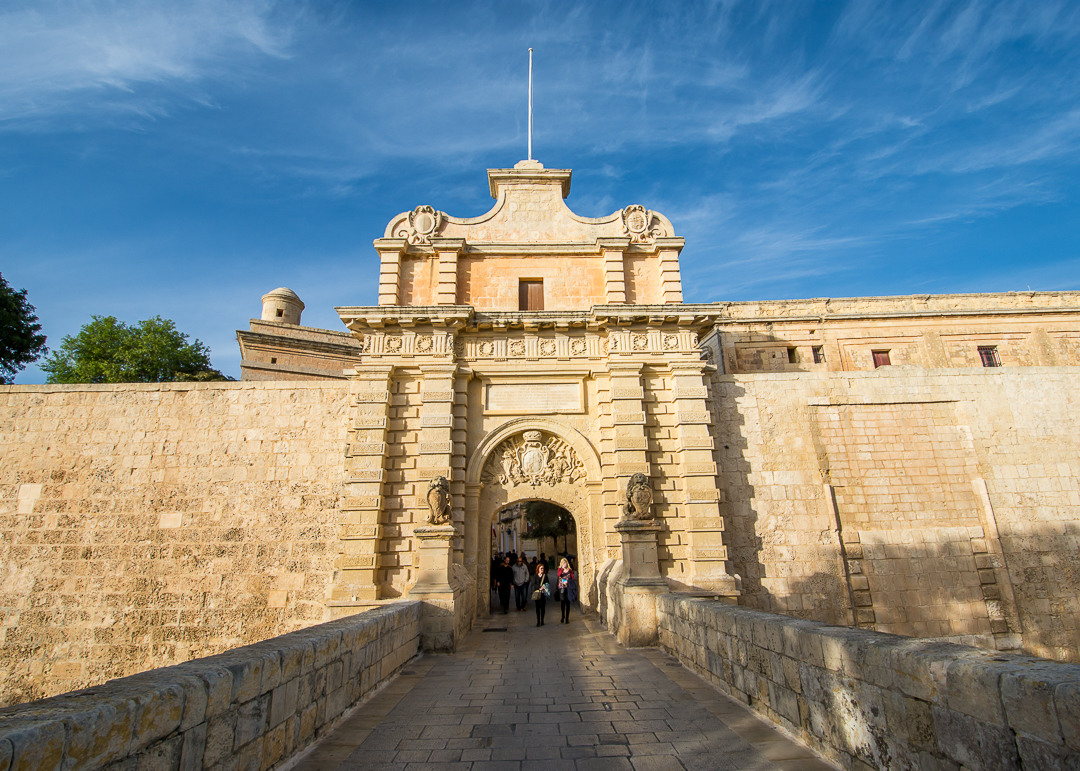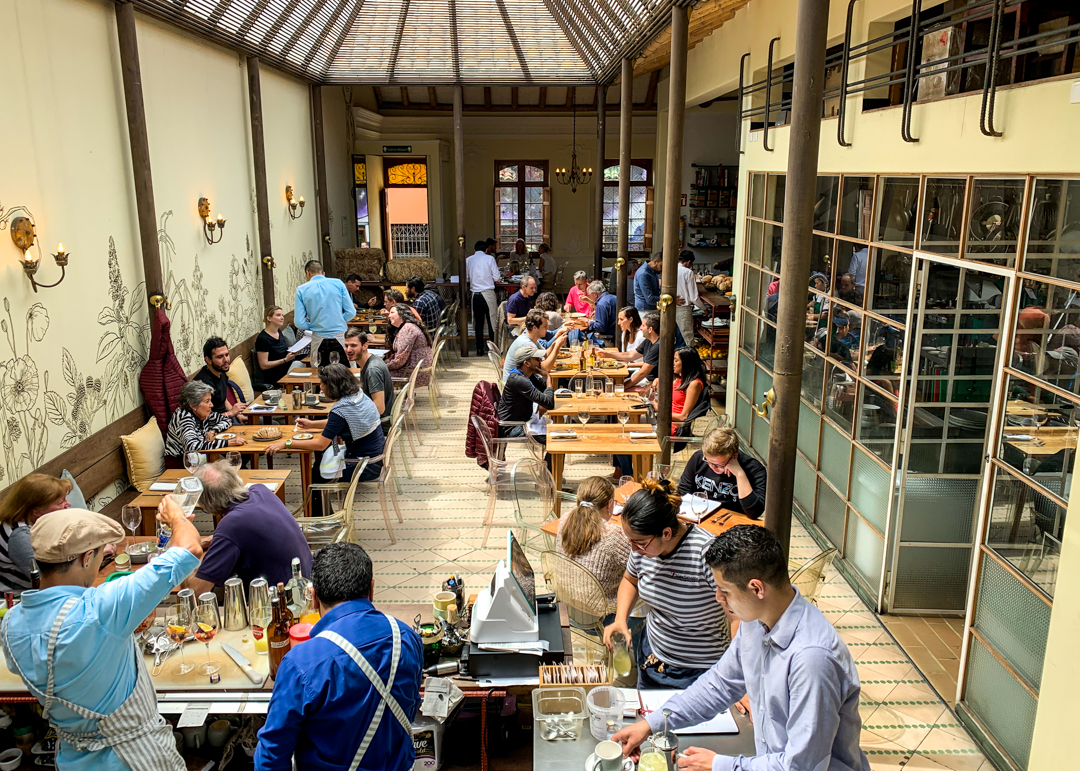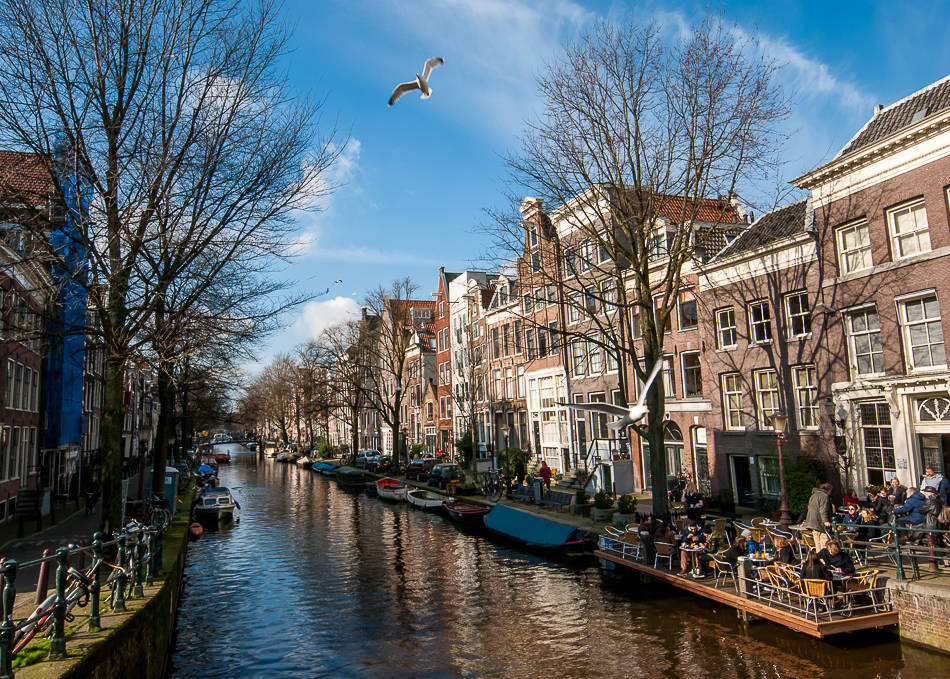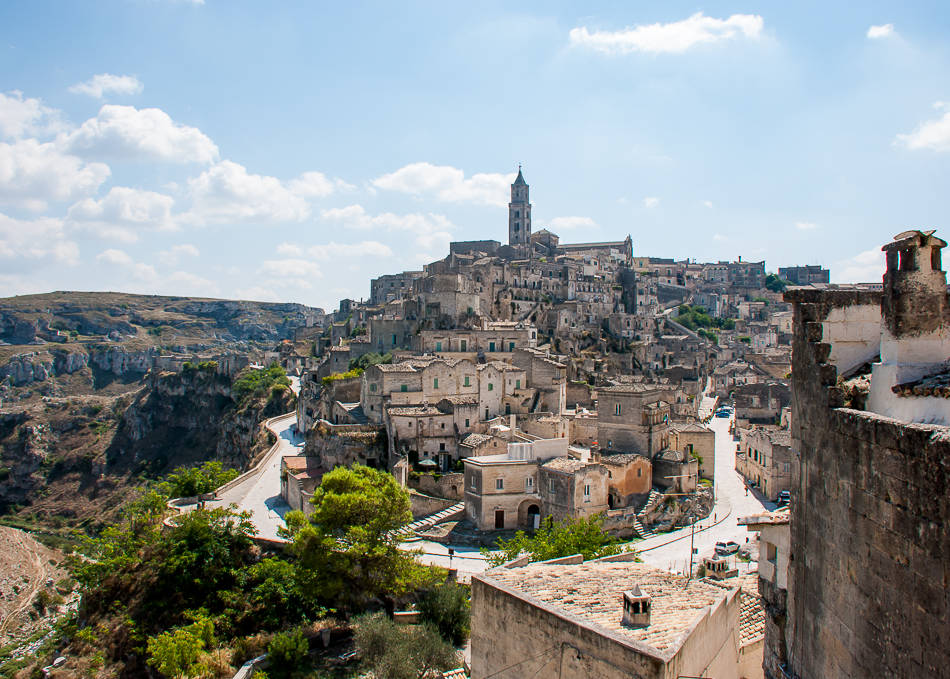After admiring the flamboyant architecture from the Order of the Knights of St John in Valletta, there is still much to be uncovered of Malta’s extremely rich heritage which spans over 7,000 years. Its small size means you can spend a day exploring prehistoric vestiges, crystalline waters, and historical cities, all within an hour’s drive of the capital.
Very few know that the country boasts the world’s most ancient standing buildings, older than Stonehenge and even the Pyramids of Egypt. Malta is home to over 40 pre-historic temples, seven of which are on the UNESCO World Heritage List with the most famous found on the south west coast of the main island: Hagar Qim and Mnajdra.
Protective tents lessen a bit their majesty but the cliff side setting is truly inspiring as you try and transport yourself back a few thousands of years.
Archaeologists can’t state for certain how these massive stone temples were used but the common theory is that of a ceremonial place to honour and pray their gods which included animal sacrifice.
You can wander around the semi-circular chambers with a helpful audio-guide and try to imagine life back then, centered around spirituality no doubt, and the work it took to assemble these gigantic stones!
Although you’re only 30 minutes drive from Valletta, the landscape surrounding the temples is pure countryside charm with rolling hills, stone farms, and that blue Mediterranean sea lurking behind it all.
Locals are avid walkers, especially on Sundays, and so warm you’ll soon find yourself chatting and petting the island’s many dogs (and goats as well) along the way.
Take a short and very scenic coastal walk east of the temples to reach your next destination – the tiny fishing village of Wied iż-Żurrieq set in a narrow inlet in the cliffs.
Heading down, you’ll get a nice teasing view of one of Malta’s top tourist attractions: the Blue Grotto. Don’t worry, you’ll be getting a lot closer in a few moments.
Small traditional boats regularly leave the village filled with tourists to go explore the caves and deep blue waters of the Blue Grotto just around the corner.
The series of seven caves and inlets on the southern side of Malta is famous for its deep blue waters and spectacular natural rock formations.
The 30-minute boat ride is a thrill you shouldn’t miss and one you won’t regret as you zigzag your way around the sheer cliffs into small openings and larger caverns.
The biggest arch is 140 feet high and its inner walls sparkle with many different colors from the minerals present in the rocks.
What’s most amazing though is the spectacular sight of the sunlight mirroring multiple shades of blue which is unique to the Blue Grotto around here.
Now that we’ve checked the prehistoric sites and azure waters off the list, it’s time to move on to the historical city bit in time for lunch. Leaving the coast behind, a picturesque 20-minute drive towards the center of the island will bring you to Malta’s old and insanely gorgeous capital of Mdina, seen from miles away as it dominates the countryside from its perch on a hill.
As one of the world’s finest examples of a medieval walled city that is still inhabited (albeit by a tiny population of around 300), Mdina is a magical place to visit and a highlight of any trip to Malta.
Entering by the main gate, you immediately feel like you’ve stepped through a portal into another world, one which is frozen in time in the best possible way.
Mdina is still home to some of the oldest families in Malta and the whole place exudes timeless elegance and beauty. For once, there are no set ‘must-see and do’ as the city can be explored entirely on foot in an afternoon and every nook and crannies should be at least glanced at. Simply pick a turn and start getting lost in the labyrinth of narrow cobbled streets.
The colors are striking, from the ever-changing light over the honeyed stones against the bluest of skies, the pops from the bright doors and window shutters… the overall tableau will soon take your breath away.
Surprisingly, the place is eerily quiet which adds to the otherworldly impression, and is commonly known as the Silent City since most of its streets are pedestrian only and purely residential.
Few descriptions are necessary here as I’d rather let the photographs speak for themselves. The grandeur of the many palazzo, bastions and ornate churches can hardly be accurately put into words…
For a great meal in an equally enchanting setting, find your way to the family-run Ciappetti restaurant.
Sit inside the walled courtyard under the orange trees and grapevines and take your time savoring the local dishes flavored with home-grown herbs – a pure delight.
Local bean & tomato spread with parlsey

The cathedral’s magnificent Baroque dome can be seen from a distance and should be contemplated from inside where its boldness will surprise you.
It’ll be hard to walk back through that gate in the harsh sunlight at the end of the day without wishing you owned the key to one of these exquisite habitations, among the most coveted in all the country unsurprising1ly. You could always find a room in one of the few luxury palazzo to extent the reverie a bit, I sure wish I’ve had the time (a repetitive complaint of this trip, I know!)

